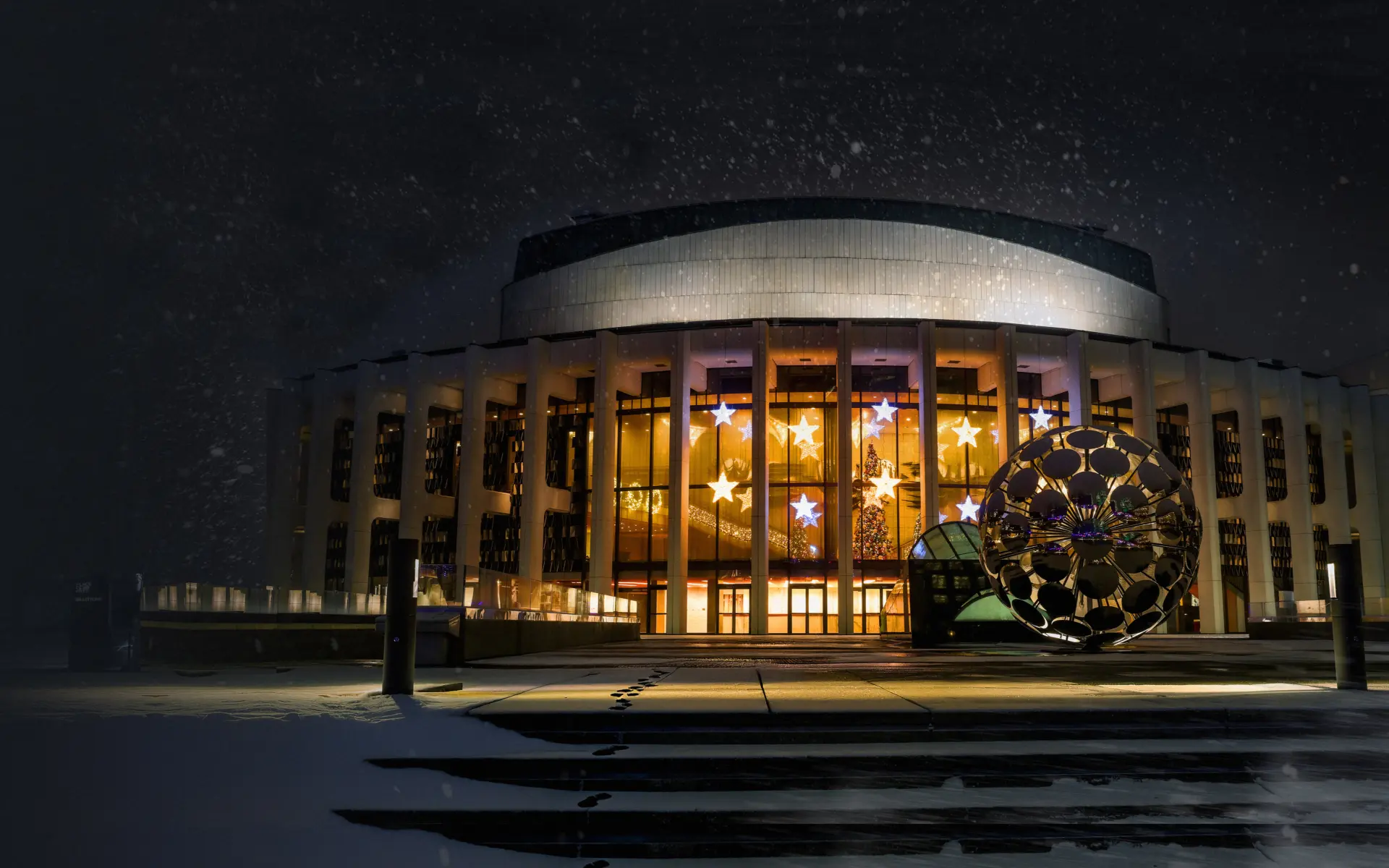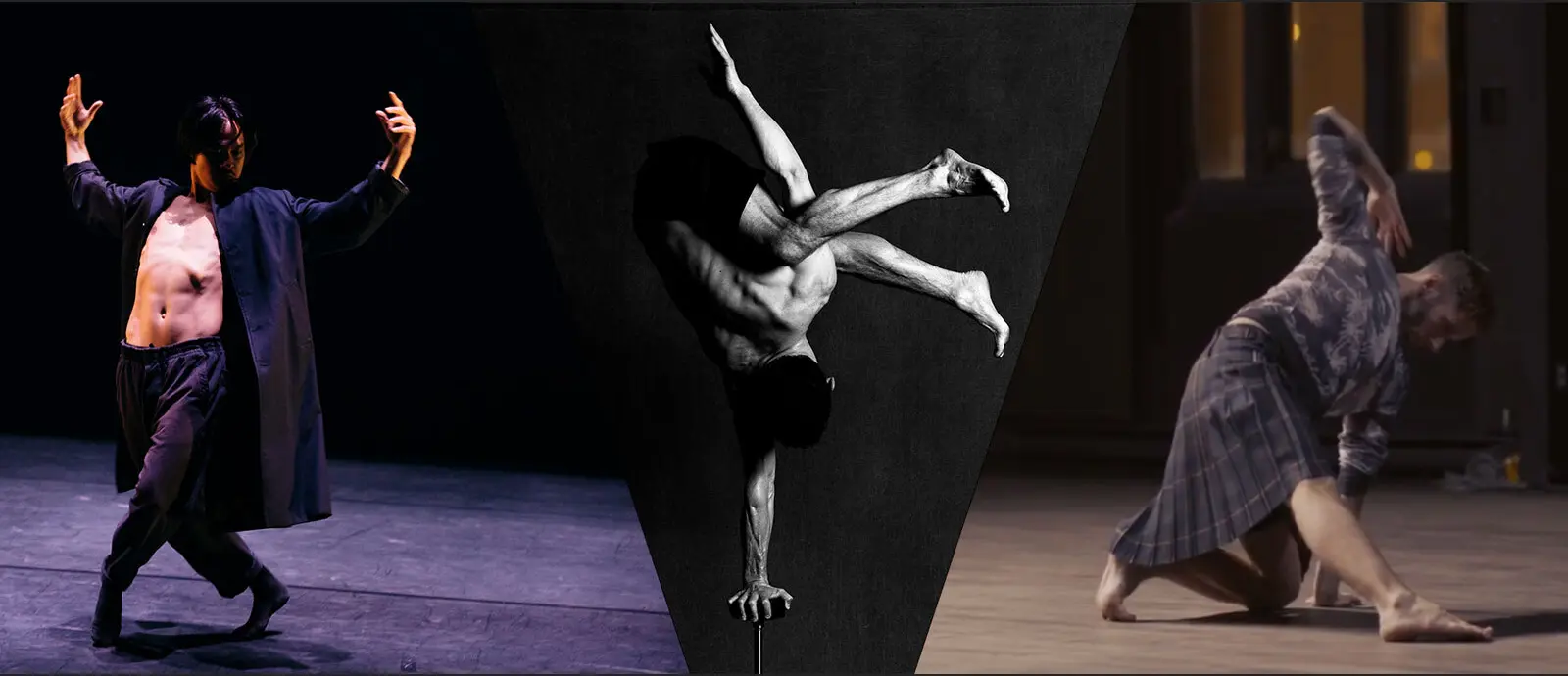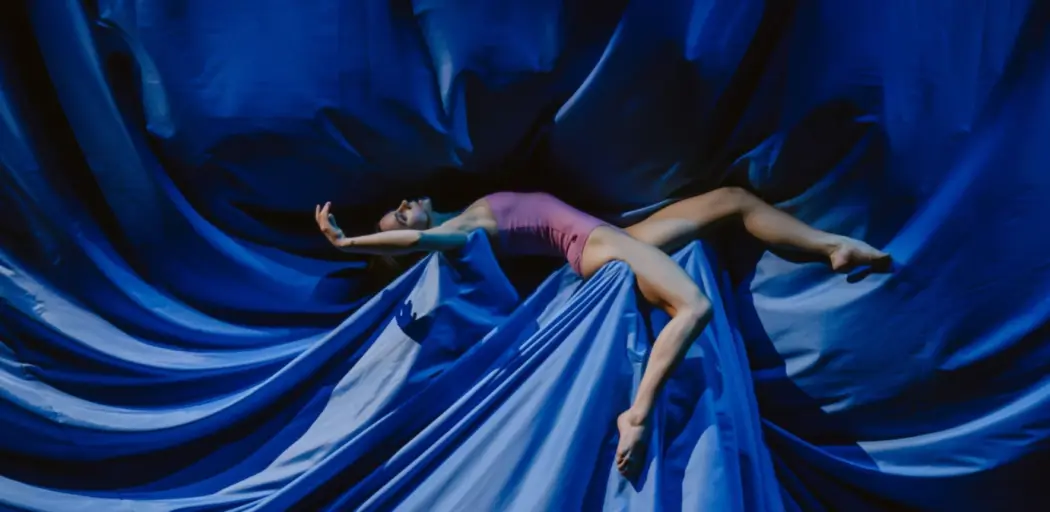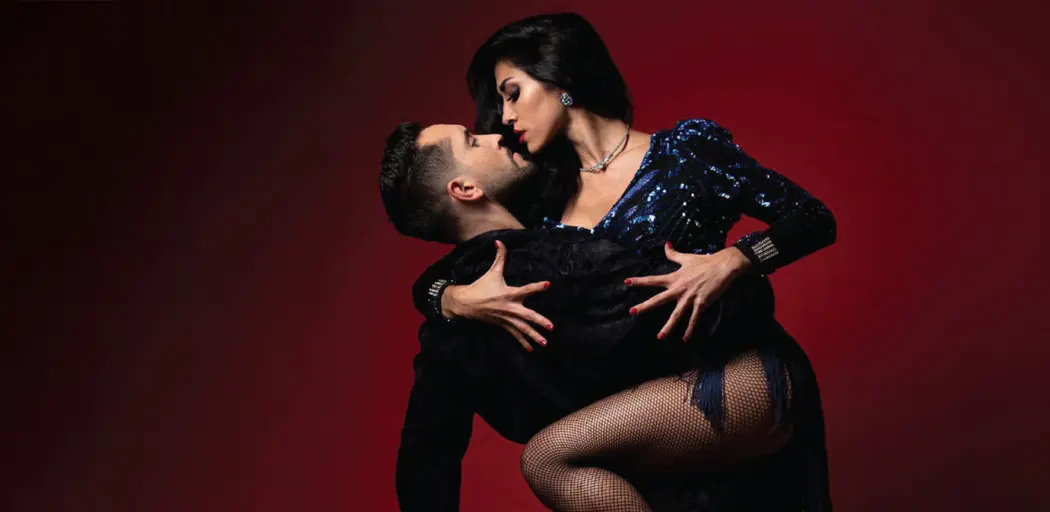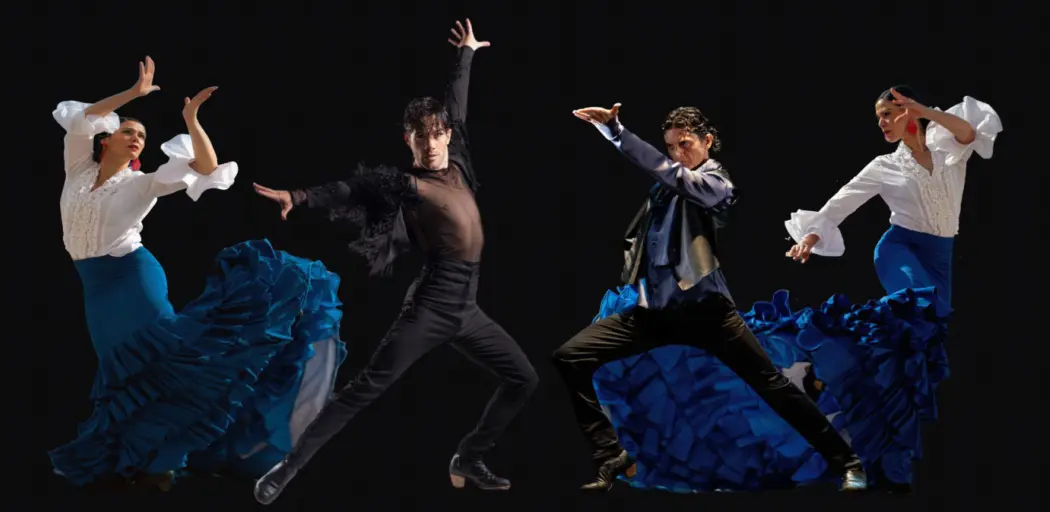Written by the tightrope dancer Samuel Tétreault, the piece goes beyond acrobatic virtuosity to explore the introspective process and reflect on the nature of balance. In an imaginary restricted space within the clutter of our individual and collective subconscious, the solo questions our need for control and stability and our desire for abandonment and freedom.
The solo Odalisca, by Louise Bédard, was inspired by the languorous postures of women painted by Ingres and Delacroix. The choreography reveals the sensuality exuded by the dancing male body, to the beat of the Eight Whiskus music piece, composed by John Cage. It includes a remixed version by Sutja Guitterez, with the voice of Joan La Barbara, and a violin version interpreted by Aisha Orazbayeva. The choreography contains multiple visual and musical layers, appealing to impulsive sensibilities.
A soliloquy is a self-discourse, the act of talking to oneself. In Solilquy, the performer meanders through their thoughts, pushing themselves to face their emotions, questions, and fears. Throughout their introspection, they are escorted by a skeleton representing the remains of humanity. The pessimistic and almost fatalistic tone is contrasted with humour, joy, and honesty. Charles Brecard aspires to stimulate our inner fantasy world while questioning one’s own tendency to denial, inviting the audience to challenge the status quo, take action and express opinions.

